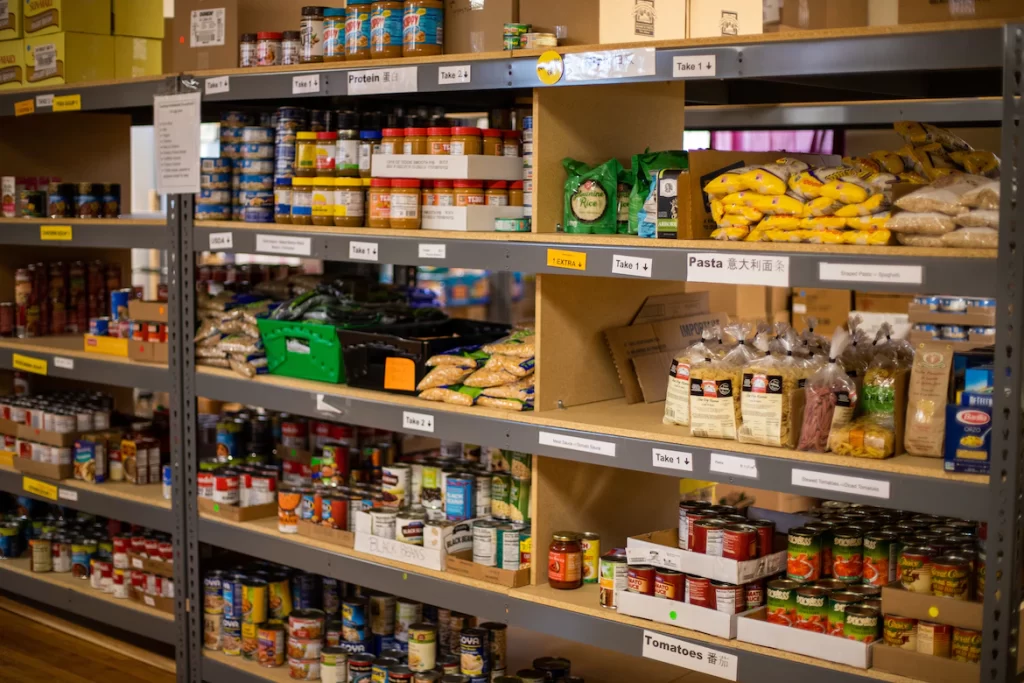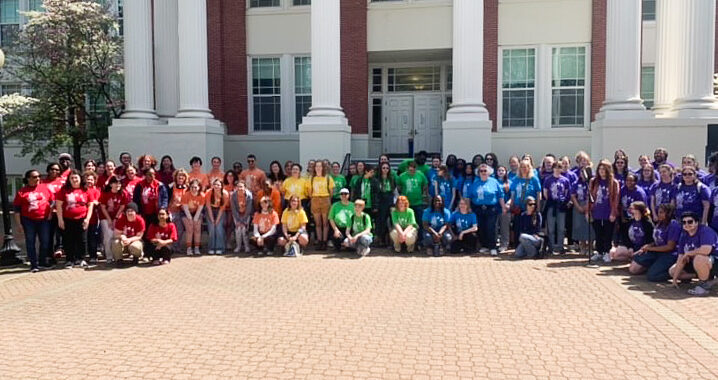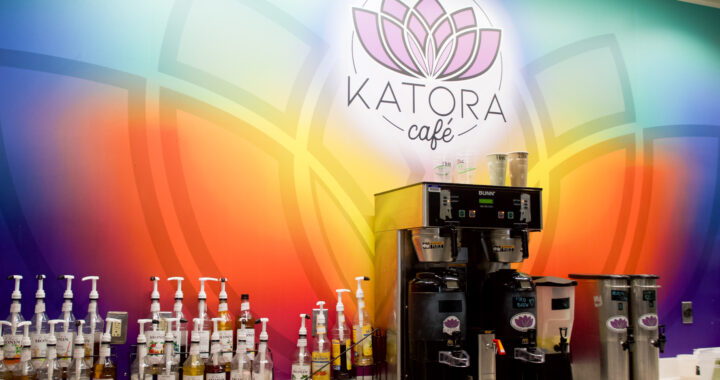Gwen Hale Resource Center provides students with produce from local food bank
2 min read
The Gwen Hale Resource Center serves those who are food insecure on and off campus. | Aaron Doucett, Unsplash
PEARL LEE
Staff Writer
Throughout the semester, in front of Lee Hall, the Gwen Hale Resource Center has held a food bank pop up market on the first and third Thursday of every month, where students can get fresh produce and a different assortment of snacks.
“The purpose is to bring free food to UMW students and the community and raise awareness about food insecurity by providing food and having the food bank there,” said senior history major and coordinator of the resource center Taylor Coleman.
According to Coleman, the market has been popular in the community with 170 people showing up every two weeks.
The resource center collaborates with the Fredericksburg Regional Food Bank to provide the UMW community with produce and various snacks.
“The pop up market is focused on produce, what the food bank calls a ‘fresh market’ so it’s almost entirely fruits and vegetables,” said Associate Professor of sociology Leslie Martin. “It’s the hardest stuff for us to get regularly and we know it’s really important for people’s diets and good produce tends to be more expensive.”
According to Martin, if students who stop by the pop up market don’t find food that they want, they are sent to the fourth floor of Lee Hall to browse more options.
According to a survey that the resource center conducted in the spring of 2021, 20-25% of UMW student respondents reported experiencing food insecurity during the academic year. Approximately 11.05% of students who responded to the survey reported they currently live at a high food insecurity level.
Of the students who reported experiencing food insecurity, 41% were Black or African American, 32% were white, 31% were Hispanic, 29% were Asian and 27% were students of other races. The survey respondents were 72% white, 8% Black or African American, 8.5% Latinx, 4.2% other Asian or Asian American, 2.7% Southeast Asian and 1.3% each of American Indian, Alaska Native & Middle Eastern, North African, Arab and Arab American.
“We have seen over time more and more of our students really struggling to get basic needs met,” said Martin. “That’s what led us to create the Gwen Hale resource center 4 years ago and then every semester we expand offerings, the pop up market being an example.”
Currently, the pop up market is hosted every two weeks, but the resource center is planning on including more days to reach more students and others in the community.
“We’re going to continue to have them in the next semester but we’re going to expand so we’re not just going to have them on Thursdays,” said Coleman. “We’re also going to have them on Wednesdays on alternating weeks so we’re trying to get more people and continue to provide food for students.”
Students have found the resource center useful when in need of food.
“I’ve been to the Gwen Hale resource center plenty of times when I needed food quickly and stuff. It’s great,” said sophomore biology major Leah Reaves.











